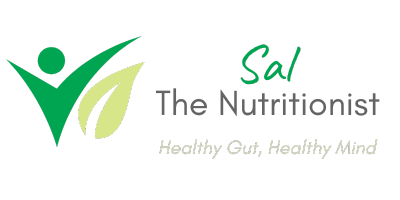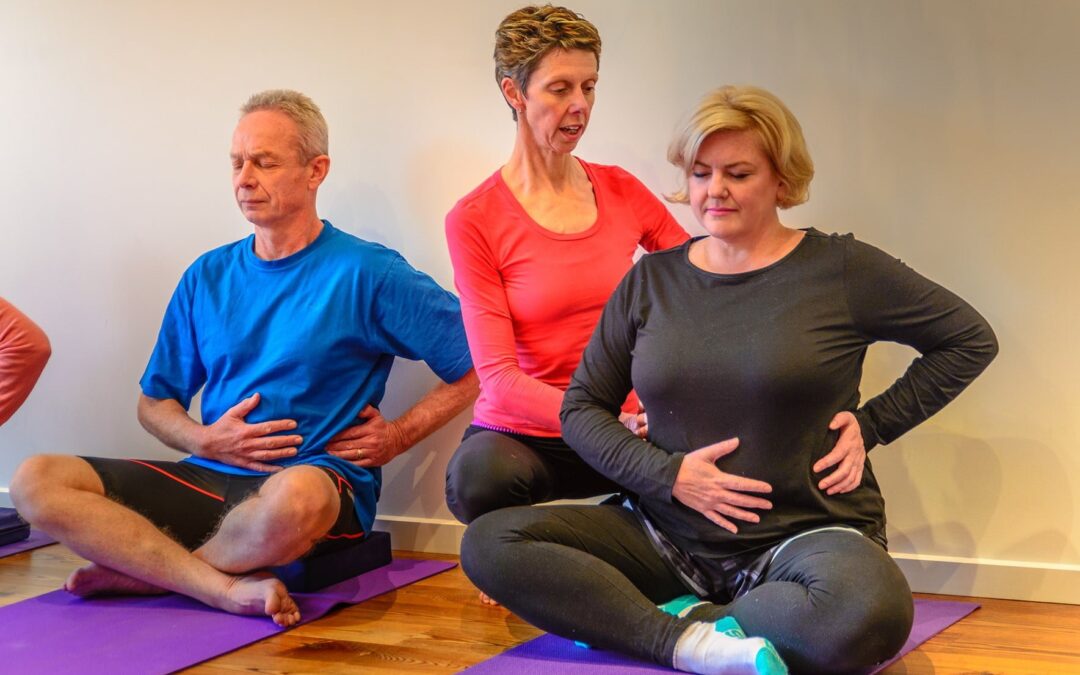Yoga has become a household word with an abundance of teachers, courses, studios, YouTube videos, clothing and equipment flooding the market. Recent Ray Morgan research (2015-16) indicates that approximately 2 million people practise yoga in Australia, either regularly or occasionally. So what is yoga and why are so many people trying classes?
Yoga is a holistic practice
Yoga is a way of living, about how you do what you do, and how you live moment-to-moment.
Despite the glossy magazine covers with ‘bendy’ teachers in pretzel-like positions, yoga is much more than a physical practice. It is an ancient tradition with many guiding principles, including how to:
- improve your attitudes towards yourself and others.
- enhance your well-being through physical and breathing practices.
- educate your senses to reduce external and internal distraction.
- focus your mind where you wish it to be.
Yoga creates a balanced physical body, free from pain and strain
Asana, the physical postures practised on the mat, create strengthening and toning through your physical body. Joints are safely loaded whilst stability and mobility is improved. The benefits extend to becoming acquainted with your body and where you hold tension, discomfort, blocked emotions, etc. When practised with focused awareness, asana also contributes to reducing disease and discomfort in your body.
Yoga increases vitality to all your organs
One of the main differences in a yoga class (to an exercise class), is the direct focus on your breath. Pranayama, yogic breathing techniques, enhance oxygenation of the blood on inhalation and the removal of waste, toxins from carbon dioxide release on exhalation. Depth of breathing enhances your vital capacity and subtle energy flow (prana), bringing vitality through all your systems.
Yoga enhances your emotional well-being
The research is so robust now about the benefits of meditation and mindfulness for mental health, that it cannot be ignored. Science has clearly demonstrated that your brain is constantly changing (neuroplasticity). This creates the capacity to change habitual thought patterns, with anxiety and depression now reported as significantly improved with a therapeutic yoga practice.
Yoga calms the busy mind
The primary intention of all the practices is to settle the mind. In our constant 24/7 culture, people have forgotten how to stop, let go, and simply ‘be’. One of the consequences is over-activation of the stress response, which causes ‘wear and tear’ on the body and mind. Meditation has a demonstrated positive effect on brain pathways, lowers heart rate, reduces adrenalin production, with a consequent reduction in stress levels.
It’s never too late to start yoga!
Caroline Giles is an internationally certified Yoga Therapist, a senior Yoga Australia Teacher, and a Relax & Renew® Trainer. Experience Yoga is a peaceful studio that offers traditional hatha yoga alongside therapeutic courses and consultations, bringing health and wellbeing to those seeking a more balanced life. People come from all walks of life and include those coping with injury, illness, stress, emotional and psychological challenges. Caroline’s approach is calm, evidence-informed and holistic.
[tags_all_in_one number=”20″ smallest=”11″ largest=”11″ unit=”px” separator=” ” orderby=”name” order=”asc” post=”true”]

